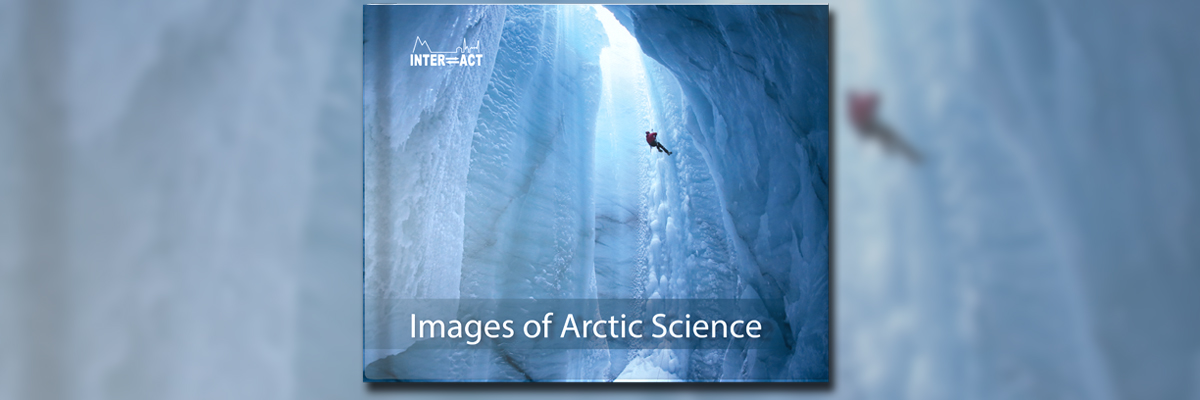19 de October de 2020
Two pictures taken by Santiago Giralt during a fieldwork campaign in Greenland in 2019 have been featured in the book ‘Images of Arctic Science’. The book presents the best photos submitted to the ‘INTERACT Photo Competition’ organized by INTERACT, a network of research stations in the Arctic.
107 images were chosen from the almost 800 submitted pictures. Among the featured pictures, two of them were taken by Giralt.
The first image appears in the first chapter which is focused on the Arctic fieldwork. The photo shows lake sediment core operation. The image was taken at a frozen lake near Zackenberg Research Station, Northeast Greenland.

The second image is included in the fourth which is devoted to the Arctic landscapes. The image was taken in Northern Iceland during a low altitude flight on board of a ‘Twin Otter’ aircraft on its way to Northeast Greenland.

According to the book editors, “the idea behind this book is to provide a visual impression of arctic science in pictures”. The book, which was released last september, is composed by nine chapters related with arctic fieldwork, climate change, glaciers, landscapes, local communities, people, remote field camps, research stations, and wildlife and plants.
The pictures featured in the book were submitted by INTERACT community members through an ‘INTERACT Photo Competition’ that took place in March – April 2020. Organizers received pictures from almost 100 photographers. An evaluation commitee, consisting of scientist from INTERACT, chose thenj the three best photos for each category.
Award winning photographer and biologist Carsten Egevang selected the pictures presented in the book from among the images submitted fro the Interact Photo Competition, including he winner of each category and 10-15 images more for each chapter. Egevang had to find the pictures whose quality, easthetics and motive “combined to tell a story of its own”.
INTERACT is a insfraestructure project under the auspices of SCANNET, which includes 88 terrestrial research bases in northern Europe, Russia, Canada, United States, Greenlad, Iceland, the Faroe Islands and Scotland. The project aims to build capacity for research and monitoring all over the Arctic in an environmental changing context.
Further information:
INTERACT 2020. Images of Arctic Science. Eds. Rasch, M., Egevang, C. and Topp-Jørgensen, E. Danish Centre for Environment and Energy. Denmark. 182 p.
https://eu-interact.org/publication/images-of-arctic-science/

